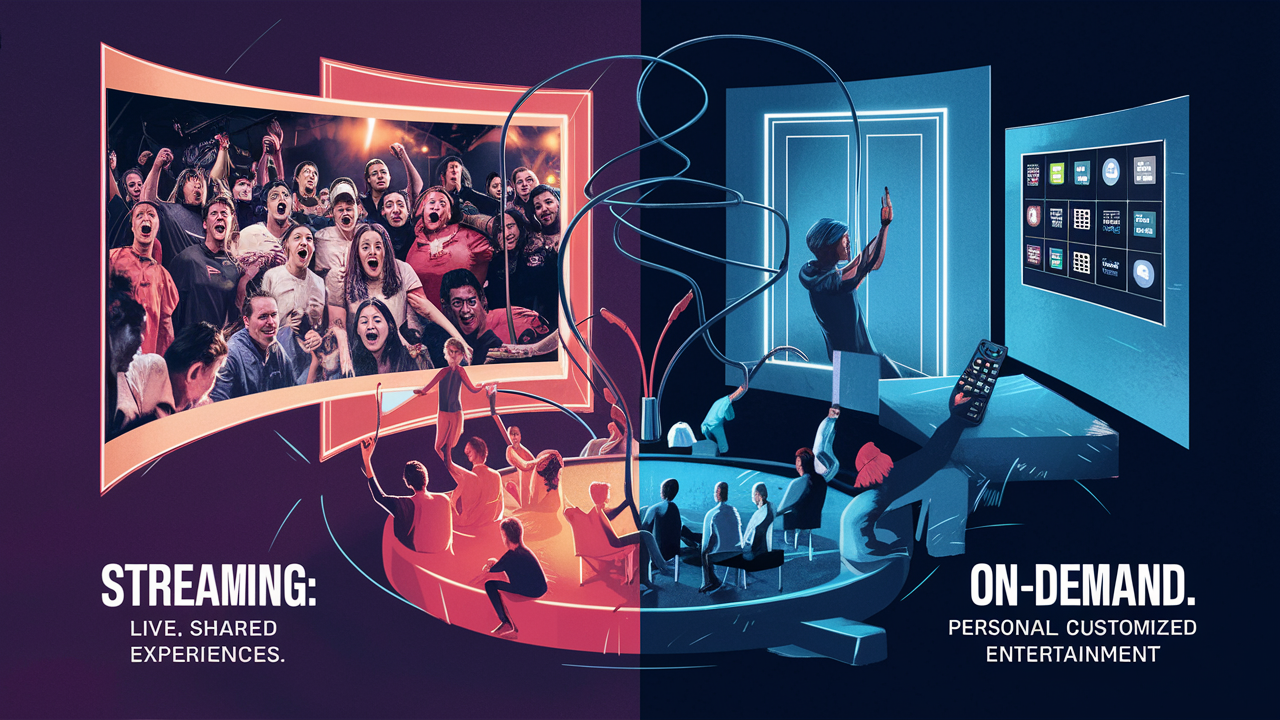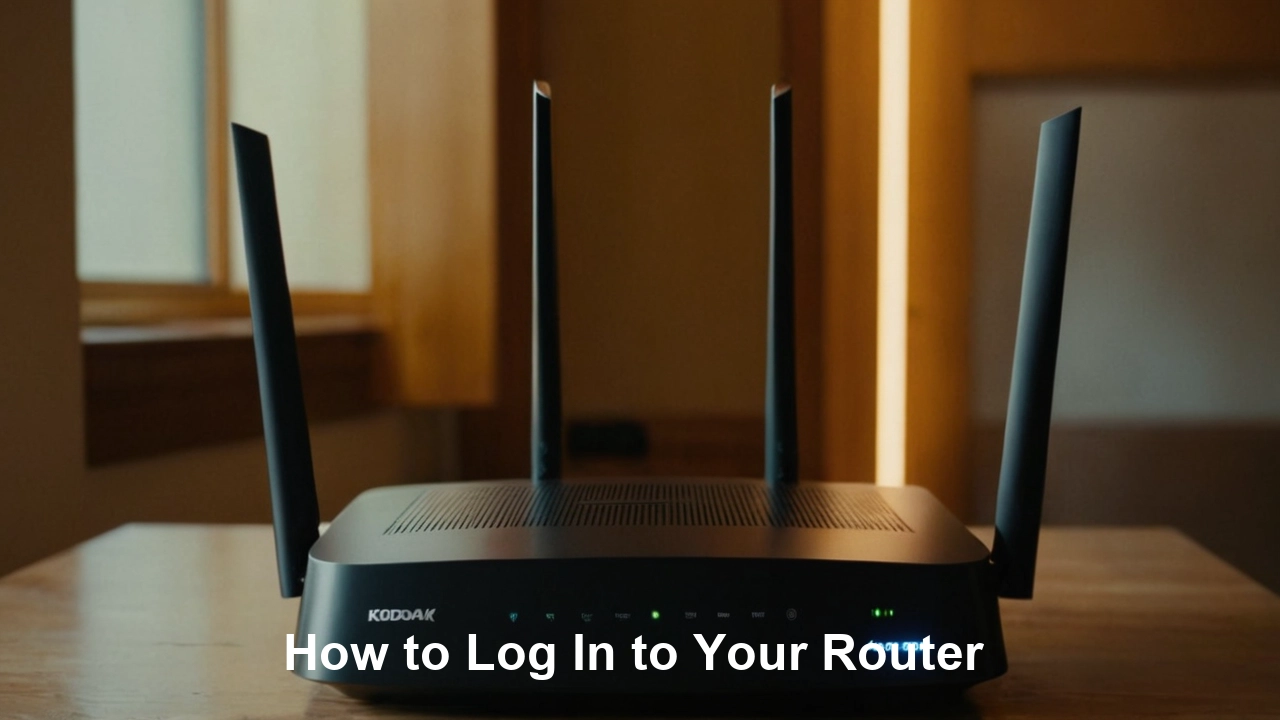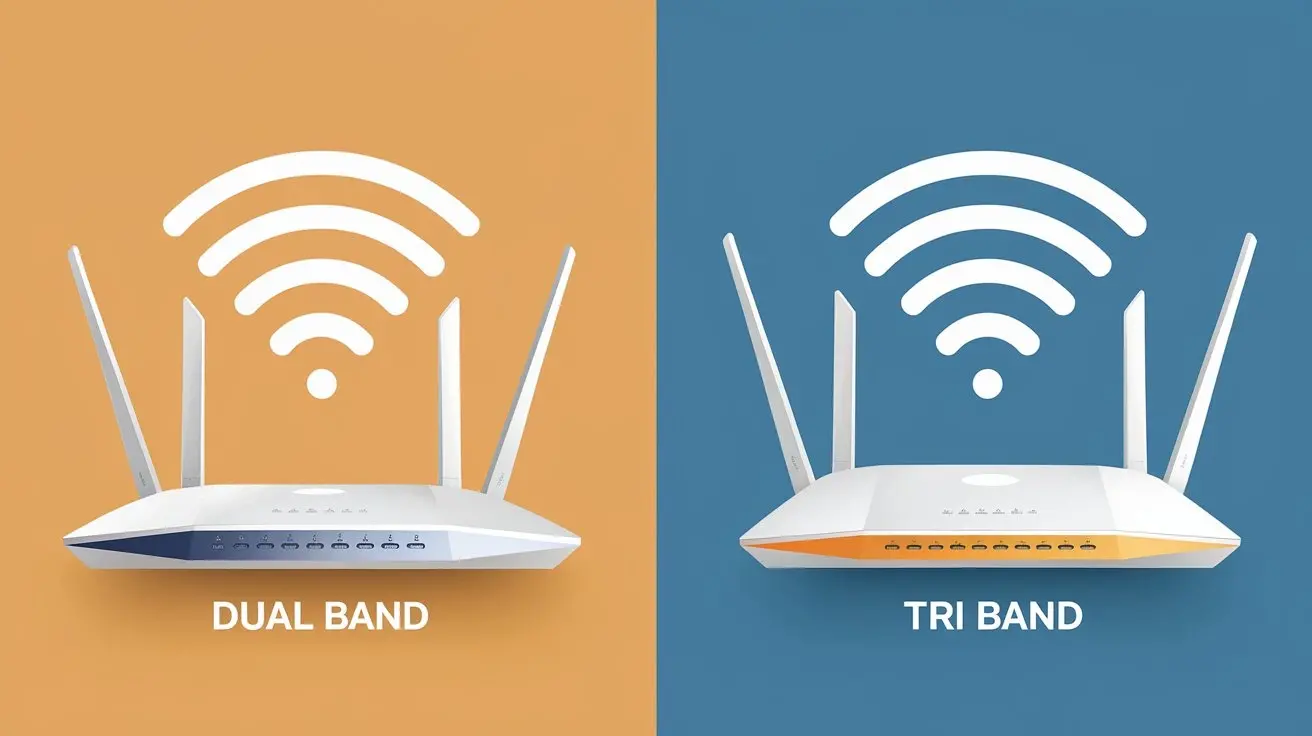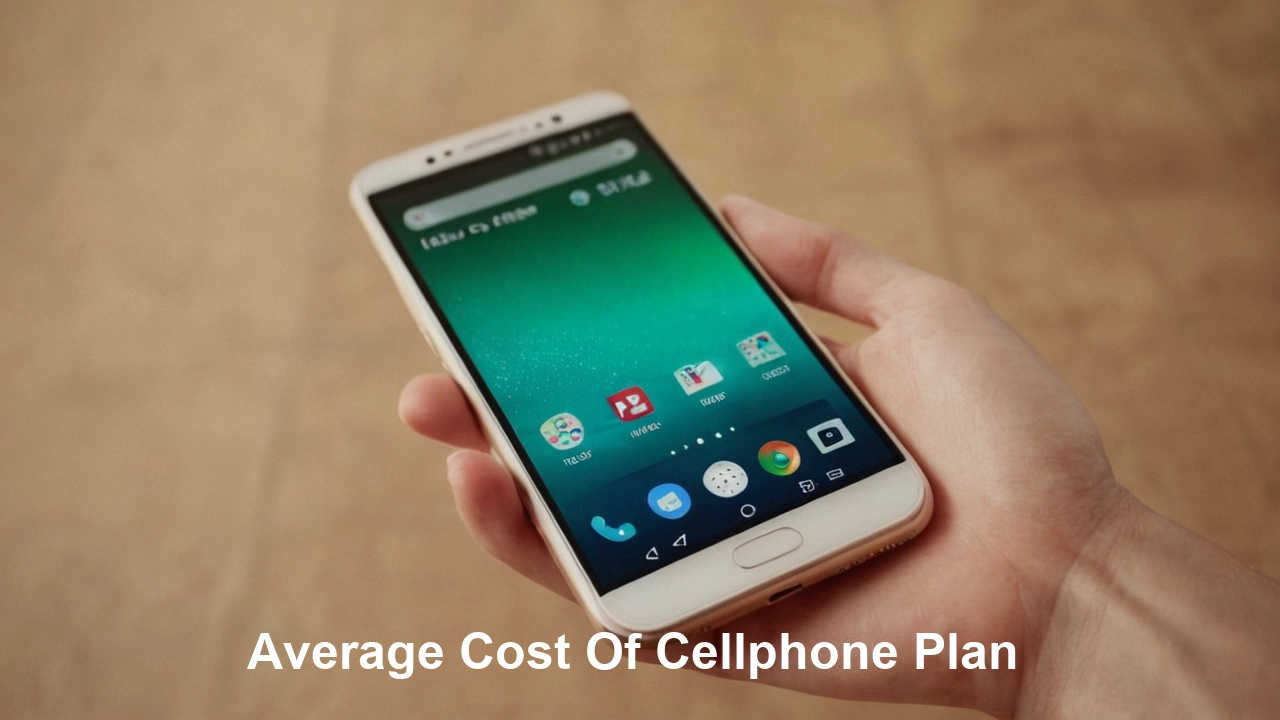
Streaming is defined by the ability to access content at any time while on-demand is characterized by the availability of certain content during a specified time.
Pop culture and television are increasingly being delivered through digital means. It’s interesting that everything – music, movies, TV programs, video games – is gradually shifting to the online environment. This is especially the case at a time when there are two major ways in which people consume content in the digital environment – streaming or on-demand. However, I am left wondering what makes these two different. Okay, let’s look at this closer.
What is Streaming?
Streaming can be defined as a process of delivering media content continuously, in a way that the end user receives and is presented with the media content at the same time it is being transmitted. Thus, content data as soon as it gets pushed to one end – comes out from the other end. It is not similar to having a physical file that is downloaded onto a device, as one might perceive a file to be.
Some defining aspects of streaming services:
Continuous Data Flow: They keep on importing the data of the movie, show, or music video that one wants to watch or listen to on their intended device. It can never be fully played as a file or even downloaded as one since its content seems to constantly load.
Live Playback: The remaining content just continues to buffer on the device as soon as the media begins to play on your device when you hit the play button. This helps make it easy for you to get to play your favorite piece of music as soon as you download it without having to wait for the entire piece to download first.
Temporary Access: Unlike movies that can be saved and played at the user’s convenience, the streamed content is only accessible when the stream is live and the user is connected to the internet. This means that the content, they watch is not permanently theirs or can be fixed to the viewing device.
Adaptive Stream Quality: Depending on available bandwidth and the speed of the Internet connection, streaming platforms decrease the quality of the video/audio file to avoid high latencies and buffering, which will not let the video play smoothly.
What is On-Demand?
In layman's terms, on-demand means; a medium or content that a user can get or summon at their convenience. Unlike conventional time-bound programming which has set time on television forcing the viewer to wait for a specific time on television, on-demand can be obtained by the viewer at any time he/she wishes.
Hallmark properties of on-demand services:
Content Storage: Movie, show, or music video downloads first in its entirety as a full file on a smartphone, smart TV, laptop, etc before it can be viewed or played. All content is stored in the device; a complete copy of the content is available to the user.
Ownership: The entire media content in the form of a digital file is saved in the device’s memory, either internally or in an external physical storage disk. It does not matter how many times you return or borrow the copy, you own it permanently.
View Anytime Access: Once you download it, it will be stored as a local file and therefore, always accessible for viewing on-demand irrespective of an active internet connection.
Predictable Quality: It lacks an adaptive system in which playback quality could vary according to the Internet connection of the user; instead, it relies on the specifications of the downloaded file.
Key Differences
Now we have a rudimentary insight into both these media delivery platforms. Let’s clearly distinguish how they differ from each other: Let’s clearly distinguish how they differ from each other:
Playback Dependency
While streaming content can be played out in real-time, the streaming content can only be played back if the user has an active connection to the internet and while the stream of the content data is still flowing from the provider's servers. This means that if the connectivity to the relevant network decreases – playback also ceases.
Since on-demand files are downloaded, they are available locally and hence the Internet is not needed to replay them later. As they are pre-recorded you can watch them at your convenience even when you are not connected to the internet.
Ownership and Access Rights
On-demand files are permanently stored after downloading with files onto your device where it takes space. Thus, in addition to its offline availability, all downloaded copies are also owned by you.
Many of the materials that are streamed cannot be possessed or saved by the users. You only get a limited right of access for a limited time, and that too, only to view the content of the streaming media, powered by the platform provider.
Playback Flexibility
Video resolution and streaming performance are fairly dynamic and constantly adjusts concerning the available bandwidth to avoid hiccups. Therefore, there might be an initial need to sacrifice some extent of video quality to achieve a proper video stream playback.
On-demand files must be downloaded for viewing and present consistent and offline quality due to the inclusion of the video specifications. There is no performance difference with playback for local files based on the execution of the application.
Cost and Expenses
This is usually accompanied by higher per-piece charges and costs since one pays for owning them through downloading permanently as on-demand services.
Digital streaming platforms are common and typically involve low, regularly occurring costs for temporary licenses to access content, not per piece. This is even more advantageous to most users at large in the long run as they incur lower costs than the other.
Which is Better? – Streaming vs On-Demand
Whether streaming or on-demand options work better depends entirely on individual user preferences and compatibility factors:
It is seen that users with intermittent connection or slow internet connection would find more values in the on-demand.
For those who are particular with their media content in terms of quality, frequency, and no interruption through buffering, the owned downloads library would suffice.
This is quite helpful for fans who are keen on watching a variety of content since streaming platforms are cheaper.
Active streamers would rather take their offline media through on-demand while weakly active ones may correlate more with streaming.
The steaming vs on-demand also differs depending on the content type such as Laid-back programs and features that correspond well with streaming services.
Loyal audiences may wish to own downloaded copies of their favorite films through on-demand services even if the technology is not ideal for screening.
Specifically, the convenience offered by portable devices and streaming apps is preferred over other types of music consumption.
Gaming has evolved and people now perform live streams as opposed to transferring large files of games.
Consequently, there is no single winner that is superior in every element universally. Each of these media delivery mechanisms has its advantages and disadvantages based on the different attributes such as reliability, ownership, quality, cost, and use of the two. If your usage pattern needs to align more with streaming or downloading on-demand, it’s best to figure out the difference so that it aligns with your preferences.
Transform your viewing experience with DirecTV! Call us today at +1 855-213-2250 to explore our plans and find the perfect package for you. Our experts are ready to assist you and get you set up with top-notch entertainment. Don’t wait—contact us now!





